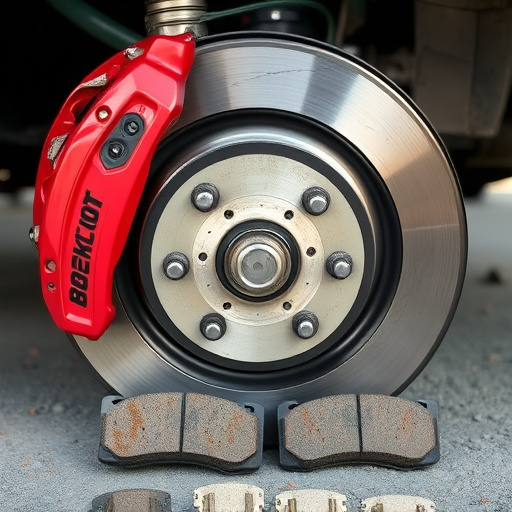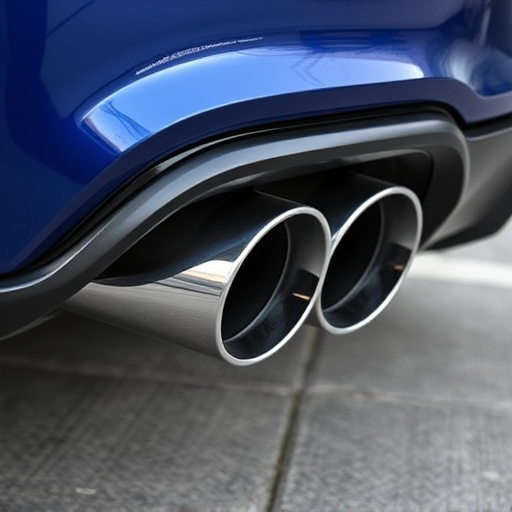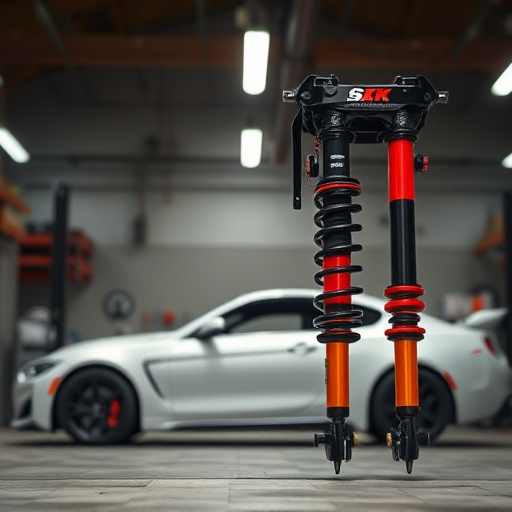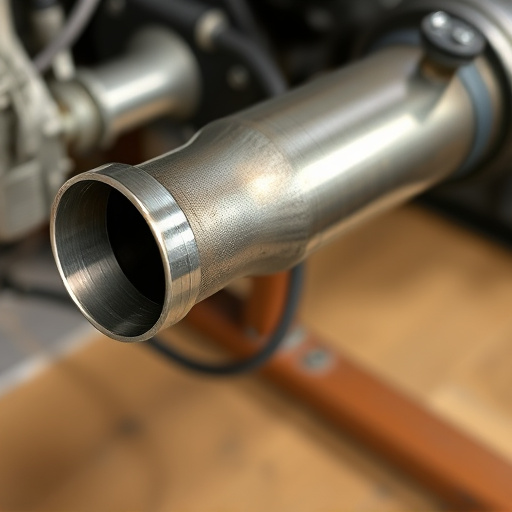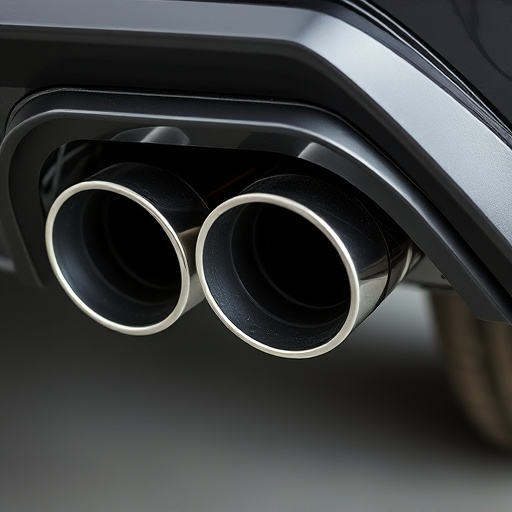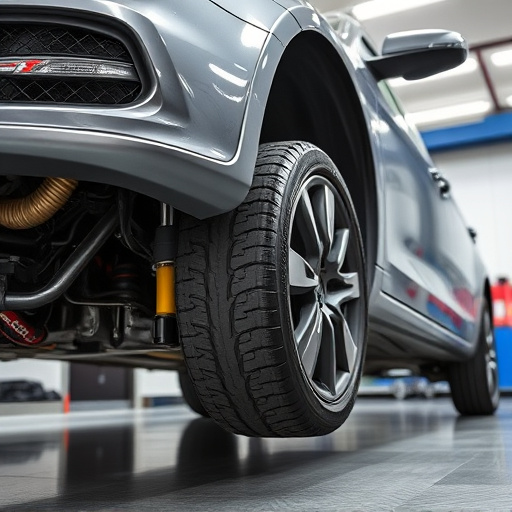Blow off valves (BOVs) regulate air pressure in high-performance vehicles, enhancing engine functionality and efficiency by controlling airflow and preventing backpressure. Tuning BOVs can boost performance, especially for racing or dynamic driving, through adjustments to spring pressure, timing, and testing, while adhering to safety and emissions regulations.
“Unleash your vehicle’s full potential with a simple yet powerful modification—tuning blow off valves. This comprehensive guide takes you through the process, ensuring optimal engine performance. Blow off valves, a crucial component in turbocharged engines, manage exhaust gas flow, enhancing power and responsiveness. Learn the basics, master the tuning steps, and avoid common mistakes to transform your car’s performance. From understanding valve function to fine-tuning for efficiency, this article is your go-to resource for blow off valve optimization.”
- Understanding Blow Off Valves: Basics and Purpose
- Step-by-Step Guide to Tuning Blow Off Valves
- Optimizing Performance: Tips and Common Mistakes
Understanding Blow Off Valves: Basics and Purpose

Blow off valves, an integral part of many high-performance vehicles and automotive applications, play a crucial role in ensuring optimal engine functionality and efficiency. These valves are designed to regulate pressure within the air intake system, allowing for a smoother flow of air into the engine while preventing backpressure from building up. By facilitating this process, they enhance the overall performance of the vehicle, especially during rapid acceleration or high-speed driving.
In modern automotive systems, blow off valves work in conjunction with performance air filters and other intake components to create an efficient air intake system. They help maintain engine power and protect sensitive engine parts by quickly venting excess pressure caused by sudden changes in throttle input. Understanding the basics of blow off valves is essential for anyone looking to fine-tune their vehicle’s performance, ensuring that every component, from the intake system to the engine itself, functions at its best.
Step-by-Step Guide to Tuning Blow Off Valves

Tuning blow off valves (BOVs) is an art that can significantly enhance your vehicle’s performance and engine sound, especially if you’re looking to optimize power for racing or enhanced driving dynamics. Here’s a step-by-step guide to help you navigate this process:
1. Locate the Blow Off Valve: Start by identifying your car’s blow off valve, usually found between the turbocharger compressor and intake manifold. This component is crucial in controlling the exhaust gas flow from the turbocharged engine.
2. Assess Current Settings: Check the valve’s current settings, including spring pressure and timing. Different vehicles have different specifications, so consult your owner’s manual or seek guidance from a professional for the ideal starting point.
3. Adjust Spring Pressure: The key to tuning lies in modifying the spring pressure to achieve the desired engine response. Increasing pressure can improve boost control during acceleration, while reducing it may provide smoother transitions between turbocharging and natural intake.
4. Fine-Tune Timing: Additionally, adjust the timing of the blow off valve’s opening and closing. Early activation can enhance turbo responsiveness, but excessive delay might cause potential drivability issues.
5. Test and Iterate: After making adjustments, test the vehicle on a dynamometer or a safe test track to measure performance improvements. Analyze changes in power output, torque delivery, and engine sound. Make incremental adjustments as needed until you achieve optimal performance, considering factors like improved throttle response, reduced turbo lag, and enhanced exhaust noise (if desired, for a more sporty experience).
Remember, proper tuning requires patience and an understanding of your vehicle’s unique characteristics. Always prioritize safety and legal requirements when modifying your car’s performance components, including ensuring compatible muffler tips and performance brakes to meet emissions standards and maintain a quiet ride.
Optimizing Performance: Tips and Common Mistakes

Optimizing performance with blow off valves is an art that requires a balance between precision and understanding your vehicle’s unique dynamics. While installing high-flow performance air filters or upgrading to coilover kits can enhance engine breathing, improper tuning of blow off valves can lead to power loss and inefficient combustion. A common mistake is assuming a one-size-fits-all approach; each vehicle, especially those with custom suspension kits, has distinct requirements.
To avoid this, focus on tailoring the blow off valve settings to your specific setup. This involves carefully adjusting the boost pressure and timing for seamless integration with your modified engine and exhaust system. Remember, optimal performance isn’t just about maximum horsepower; it’s achieving a harmonious balance across all aspects of your vehicle’s performance spectrum, from smooth power delivery to enhanced fuel efficiency.
Tuning your vehicle’s blow off valves can significantly enhance engine performance and overall driving experience. By carefully adjusting these components, you unlock the full potential of your engine, ensuring a smoother and more responsive drive. Remember, optimal tuning involves balancing power and efficiency, so regular maintenance and adjustments are key. With this guide, you now possess the knowledge to fine-tune your blow off valves for peak performance, making every drive an exhilarating one.


